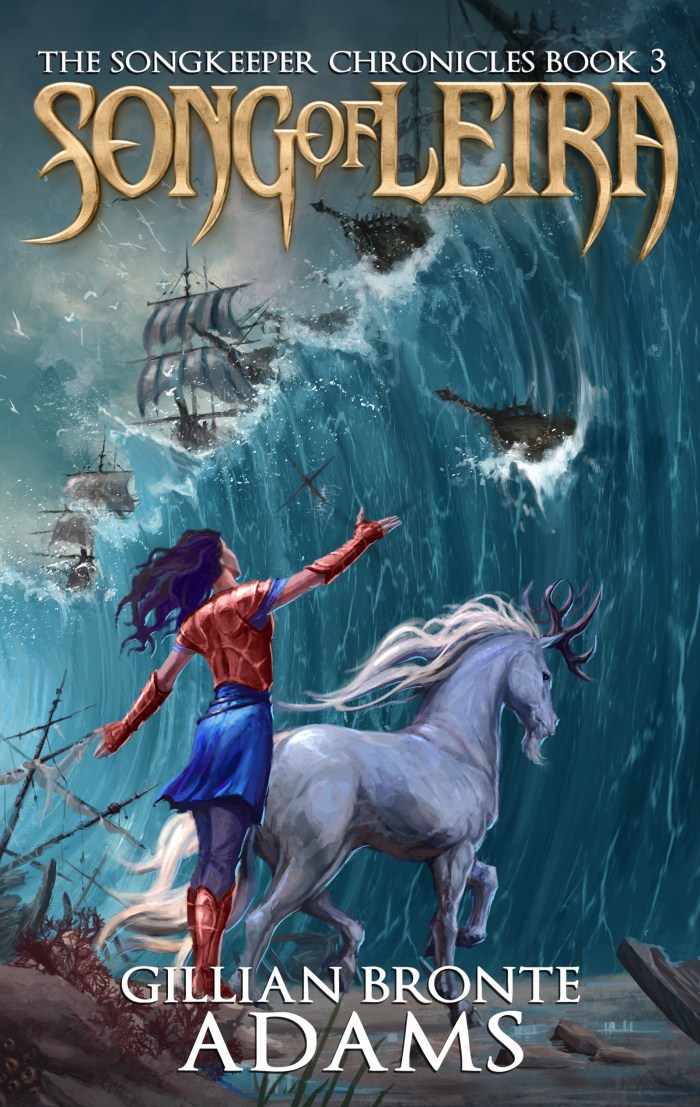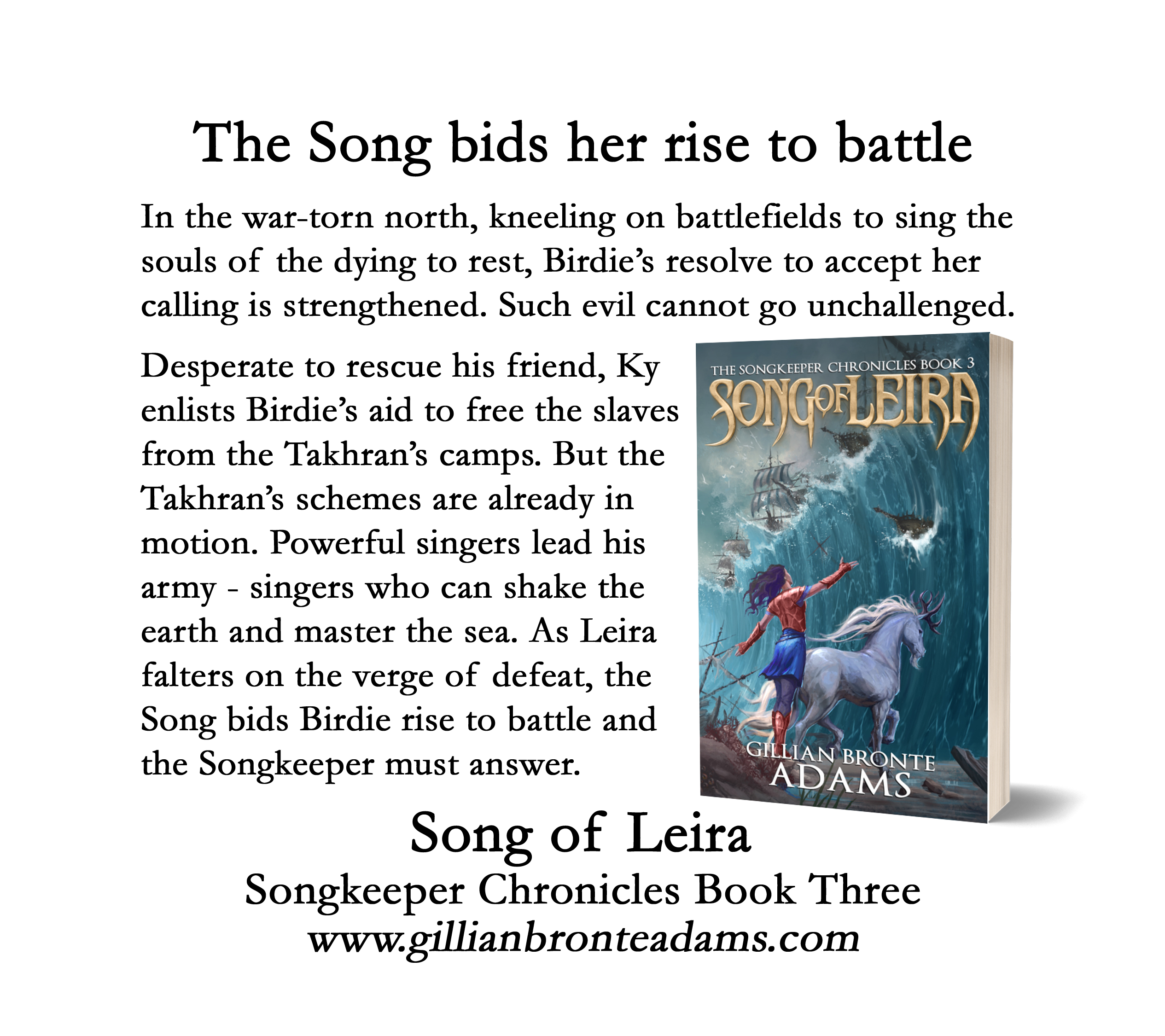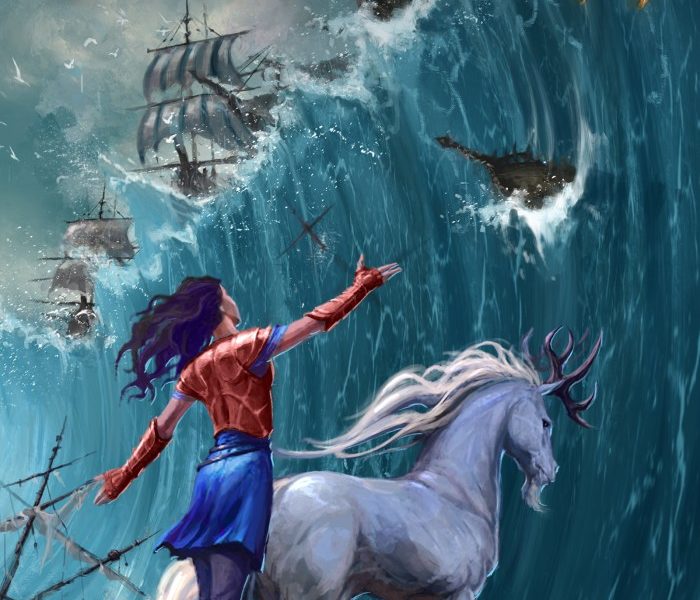By Gillian Bronte Adams

Picture Bilbo, if you will, at the start of The Hobbit. Comfortable in his waistcoat and jacket with a pocket handkerchief never far from hand, living in a house decorated with doilies and with pantries (he does, after all, have several) all very well stocked. He dreams of adventure from the warmth of his hearthside but dreaming of adventure is as far as he wants to go.
Now picture Bilbo at the end of The Hobbit, toiling up to the Hill after his long journey. His waistcoat and jacket have lost their buttons and fit him somewhat loosely now. He left in a borrowed dwarf cloak without even a pocket handkerchief of his own, but he has come home with a pony carrying a chest of treasure while he holds a wealth of experience inside of him.
At first glance, these two images might seem to belong to two different hobbits. Without the context of Bilbo’s journey, such a transformation is a little jarring. It doesn’t make sense.
But to the reader who has traveled alongside Bilbo on each step of the journey from his hobbit hole to the Lonely Mountain, that transformation not only makes sense but is inspiring.
Every choice that Bilbo faced, every decision that he made, every moment of fear or courage or sorrow served as a tiny impetus on the path toward transformation. And though Bilbo changed from the start of the journey to the end of the journey, he did not become less Bilbo. He retained his essential character qualities and those traits we all fell in love with as a friendly, loyal, caring, sensible hobbit who was fond of riddles and a comfy chair and a tasty meal.
But all that was “less Bilbo” was stripped away, until at last, he could fulfill the promise of the character that Tolkien created.
Character change and transformation is key to an interesting story, whether that change is positive (Bilbo) or negative (Harvey Dent). In an excellent story, there is a beautiful intermingling between events and circumstances and character choices and the consequences of those choices and how that affects the character that truly brings a story to life. I don’t know about you, but as a reader, I find myself becoming more and more invested as I see that transformation happening.
Whereas static characters, those who remain the same from cover to cover, or from opening to closing credits, often leave me bored and disappointed. If the events of the story have no impact on the characters, how are they supposed to have an impact on us, the reader?
So as a reader and a writer, I especially love seeing how character change happens over a series because there is even more time for a dramatic transformation to take place.
I got to explore this concept recently while writing Song of Leira, the final book in my fantasy series The Songkeeper Chronicles. (It just released last week!) In this series, music is magic and one girl’s song can shape or break the entire world.

In the first book, Orphan’s Song, the girl (Birdie) begins the story as an orphan drudge at an inn who can hear a song that no one else can. She is used to being ignored, verbally abused, and treated as though she is worthless.
I knew that in order to get her from that point to the point that we get to see on the cover of Song of Leira (Book Three), where she has come into her role as Songkeeper and warrior, she was going to have to go through a journey like none other. It was a physical journey that led her to the Pit and back, through the darkest tunnels imaginable and over battle-scarred mountains. And it was also a personal journey from fear to despair to hope and trust.
The beauty of stories is that a character’s personal “inner” journey can be paralleled by their physical “outer” journey. The two can be intertwined so deeply and beautifully that you could not have one without the other.
And the beauty of fantasy, is that you can often reflect the “feelings” of that inner journey in the physical settings of the outer journey. So, in Orphan’s Song, Birdie is gradually introduced to the wide world outside of the little village where she grew up. It is a green, beautiful world where dangers lurk behind every other corner as her journey takes her through the forest to an enemy occupied city to the bogs and marshes and finally the shores of the sea. It’s a journey that expands her horizons in every possible way.
In the second book, Songkeeper, Birdie wanders through a dry and barren land in the desert as she struggles with the silence of the Song and her ability (or rather, inability) to control it. From there, her journey takes her into a place of darkness, horror, and fear in the heart of enemy territory.
And without giving too much away, I can say that the third book, Song of Leira, brings Birdie to the streams that rise in the wilderness, to a place of hope and restoration at last. Inner and outer journeys intertwined and transformation complete.
As a writer and reader, I love seeing how the journey transforms and shapes the characters in my favorite books and movies. It encourages me to think about my personal “story” and realize how much my inner and outer journeys—with all their bumps, potholes, and unexpected twists and turns—are shaping me too.
Question: What are some of your favorite examples of character change and transformation and how do they encourage you personally?
 Gillian Bronte Adams spent her childhood devouring books and roaming the Texas countryside slaying orcs, captaining pirate ships, and dreaming of medieval kingdoms. So it was no surprise when she became an author.
Gillian Bronte Adams spent her childhood devouring books and roaming the Texas countryside slaying orcs, captaining pirate ships, and dreaming of medieval kingdoms. So it was no surprise when she became an author.
Her love of epic stories as well as a desire to present truth in a new and unique way drew her to realm of fantasy.
Website: www.GillianBronteAdams.com



I think some of my favourite character growths are Jace Ilvaran from Ilyon Chronicles, Leith Torren from Blades of Acktar, and Aidan from the Door Within Trilogy. They each start out as something not so great (Leith is an assassin, Jace is a gladiator, Aidan is a fat kid who’s grumpy and whiny), and through events and meeting people they grow so much (honestly I want to jump into these books and hug them all and tell them how proud I am of them). Aidan becomes a swordsman of the King, Jace learns to let God handle his fears and doubts, and Leith becomes a strong Christian willing to lay it all on the line for Christ.